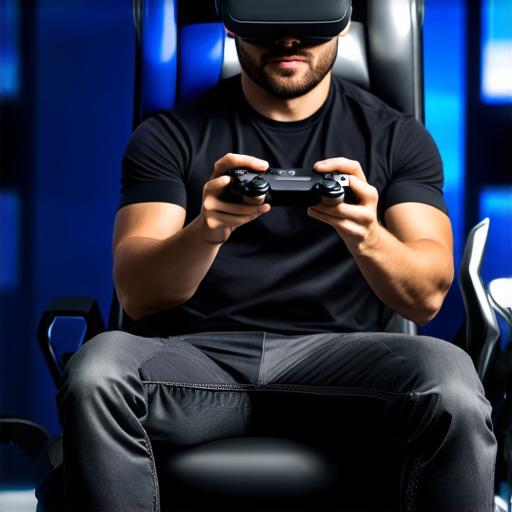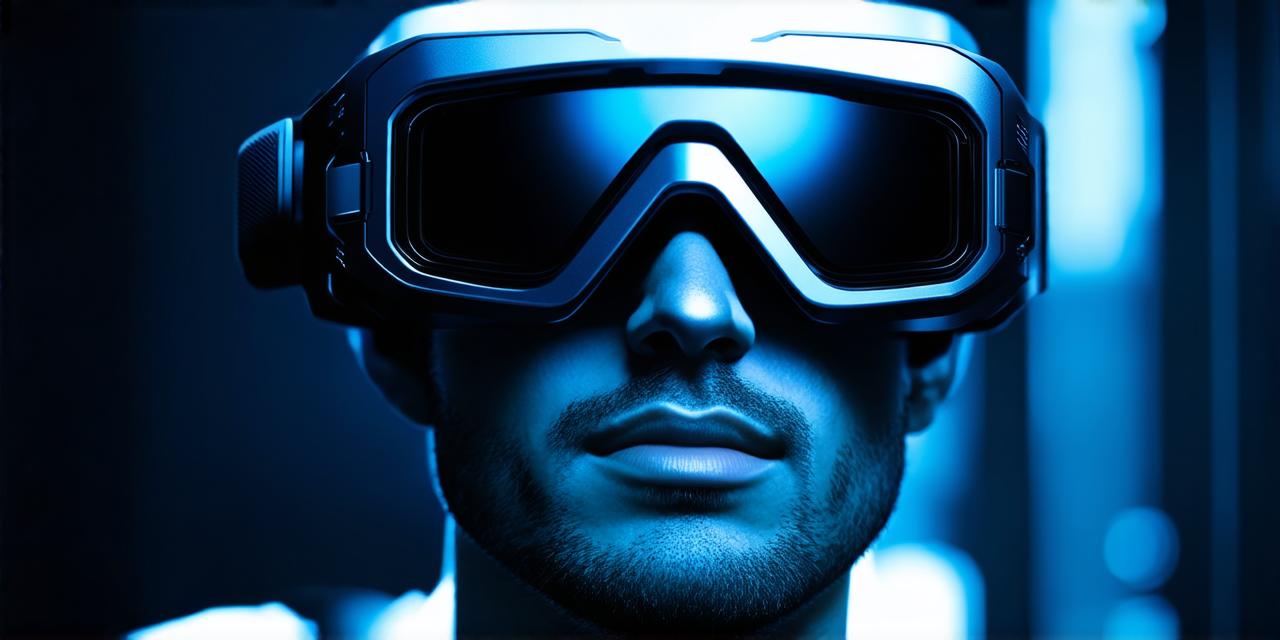Functions of Virtual Reality Glasses
Virtual reality (VR) technology has come a long way since its inception. Today, VR glasses are becoming increasingly popular among users, from gamers to businesses and beyond. But what exactly do these glasses do, and how do they work? In this comprehensive guide, we’ll explore the functions of virtual reality glasses and delve into their various features and capabilities.
What are Virtual Reality Glasses?
Virtual reality glasses, also known as VR headsets, are devices that enable users to experience a simulated reality. These glasses use advanced technology such as sensors, displays, and software to create an immersive environment that replicates the real world or other virtual worlds. By wearing these glasses, users can interact with this virtual environment in real-time, experiencing a level of immersion that is difficult to achieve through traditional forms of media.
Functions of Virtual Reality Glasses
The primary function of VR glasses is to create an immersive, interactive experience for the user. Here are some of the key functions that these glasses perform:
- Tracking Movement: VR glasses use sensors such as accelerometers and gyroscopes to track the user’s movement in real-time. This allows the system to adjust the virtual environment accordingly, ensuring that the user remains fully immersed in the experience.
- Displaying 3D Content: VR glasses display high-resolution, stereoscopic content, creating a 3D image that appears to be in three dimensions. This allows users to see and interact with objects in a more natural way, enhancing their overall experience.
- Creating Interactive Environments: VR glasses enable developers to create interactive environments that respond to the user’s actions. This can include everything from simple games to complex simulations of real-world scenarios.
- Providing Real-Time Feedback: VR glasses provide users with real-time feedback on their performance and progress. This can be in the form of visual or auditory cues, allowing users to adjust their approach and improve their skills over time.
- Enhancing Sensory Experience: VR glasses can enhance the user’s sensory experience by providing them with haptic feedback, such as vibrations or force feedback, that simulates real-world sensations. This can help users feel more immersed in the virtual environment and improve their overall experience.
Types of Virtual Reality Glasses
There are several different types of VR glasses available on the market, each with its own unique features and capabilities. Some of the most common types include:
- Standalone VR Headsets: These headsets do not require a separate computer or other device to function. They are typically more expensive than other types of VR glasses, but offer a high level of portability and convenience.
- PC-Based VR Headsets: These headsets require a separate computer to function and are typically more powerful than standalone headsets. They offer a higher level of graphics quality and immersion, but require a dedicated computer and may be less portable.
- Mobile VR Headsets: These headsets can be used with a smartphone or other mobile device, providing a lower level of immersion than other types of VR glasses. However, they offer a high level of portability and convenience, making them ideal for users on the go.
- Gaming VR Headsets: These headsets are designed specifically for gamers and offer a high level of graphics quality and immersion. They typically require a separate computer to function and may be less portable than other types of VR glasses.
Benefits of Virtual Reality Glasses
Virtual reality glasses offer numerous benefits to users, including:
- Improved Learning and Training: VR glasses can be used to create realistic simulations of real-world scenarios, providing a safe and controlled environment for users to learn and practice new skills. This can be particularly useful in industries such as healthcare, manufacturing, and aviation.
- Enhanced Gaming Experience: VR glasses offer an immersive gaming experience that is difficult to achieve through traditional forms of media. They allow users to fully engage with the game world and become a part of the action.
- Increased Creativity: VR glasses enable developers to create new and innovative experiences that were previously impossible. This can lead to increased creativity and new ways of thinking about problem-solving and collaboration.
- Reduced Costs: Virtual reality glasses can be used to reduce costs in a variety of industries, from training and simulation to product development and testing. By creating realistic simulations, VR glasses can help businesses save time and money while improving the quality of their products and services.
- Improved Mental Health: VR glasses have been shown to be effective in treating a variety of mental health conditions, including anxiety, depression, and PTSD. By creating realistic simulations of stressful situations, VR glasses can help users cope with these conditions and improve their overall well-being.
Conclusion

Virtual reality glasses are an increasingly popular tool among developers, gamers, and businesses alike. They offer a high level of immersion and interactivity, allowing users to experience virtual worlds in a way that was previously impossible. By understanding the functions and capabilities of VR glasses, you can harness their power to create new and innovative experiences, improve learning and training, enhance creativity, reduce costs, and improve mental health. So whether you’re a developer looking to create the next big hit or a business owner looking to improve your bottom line, virtual reality glasses are definitely worth exploring.
